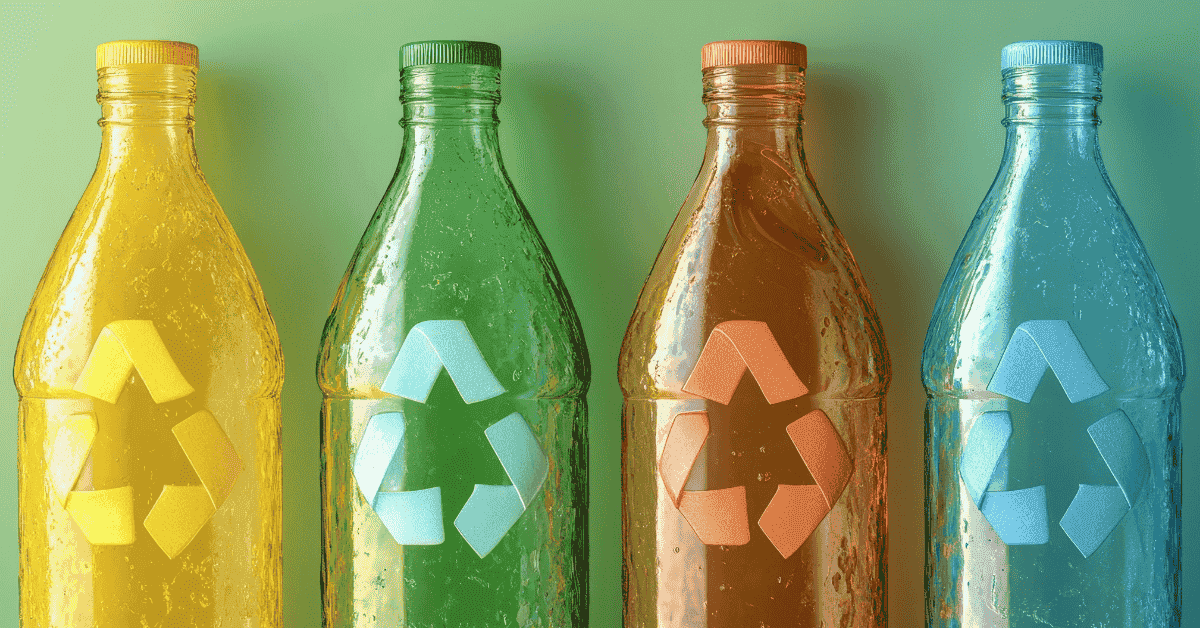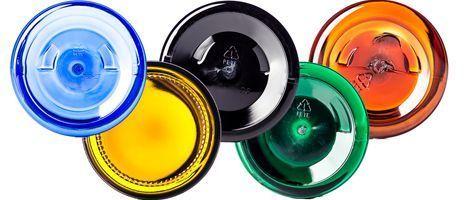Navigating Recycled Material Regulations: A Guide to Staying Ahead


Recycled materials in packaging, it’s not just a trendy topic. It’s a legal reality that’s reshaping the industry. From mandates in California to new taxes in the UK, businesses everywhere are scrambling to stay compliant without losing their cool (or their budgets). If you’re worried about keeping up with these rules, don’t sweat it. We’ve got you covered with a breakdown of what’s happening and how you can stay ahead.
The Current State of Regulations in the U.S.
Let’s start at home. While there’s no blanket federal law requiring recycled content in packaging (yet), individual states are stepping up:
California: The golden state’s leading the charge. Plastic beverage containers are required to contain at least 50% post-consumer resin (PCR) by 2030, and it’s increasing incrementally every few years.
Washington: Starting in 2023, Washington’s plastic packaging must have a minimum of 15% PCR. Read more about Washington's recycling laws. Spoiler: It’s only going up from there.
Oregon and Maine: These states have rolled out extended producer responsibility (EPR) programs, requiring companies to bear the cost of recycling their packaging. Translation: It’s time to rethink those single-use plastics.
Not to be outdone, New Jersey has proposed a law requiring all packaging to be recyclable or compostable by 2034. Ambitious? Yes. Manageable? Also yes (if you plan ahead).
What’s Happening Globally?
Across the pond, the European Union and UK are taking no prisoners when it comes to recycled content:
European Union: By 2030, all plastic packaging must contain at least 30% recycled content. Add to that a 70% recycling target for plastic packaging, and it’s clear the EU isn’t messing around.
United Kingdom: Since 2022, the UK has taxed packaging with less than 30% recycled plastic at £200 per metric tonne. Ouch.
And let’s not forget Australia. They’re aiming for 100% recyclable, reusable, or compostable packaging by 2025.
How to Stay Compliant Without Losing Your Mind
If this all sounds overwhelming, don’t worry. We’re here to simplify things. Here’s how to navigate the recycled material maze:
Start Small, Think Big: Even if your region doesn’t have strict mandates yet, future-proof your business by incorporating PCR into your packaging now. California’s 50% PCR rule might seem far away, but trust us, it’ll sneak up fast.
Mix It Up: Worried about the gray or yellow tint of 100% PCR? Blend virgin resin with PCR to hit compliance while keeping your packaging looking fresh. Bonus: It’s a cost-effective way to ease into sustainable practices.
Go Dark (Literally): Using darker-colored packaging, like amber or black, masks PCR’s natural tint entirely. This lets you meet recycled content requirements without compromising on aesthetics.
Stay Updated: Regulations change quickly. Bookmark key resources like state government pages, EU packaging directives, and—of course—our blog. We’ll keep you in the loop so you’re never caught off guard.
Why It’s Worth It
Switching to PCR isn’t just about compliance; it’s about staying competitive. According to Accenture, 72% of consumers are willing to pay extra for products with sustainable packaging. And NielsenIQ reports that 66% of global shoppers prefer brands that demonstrate environmental responsibility. In other words, sustainable packaging isn’t just a cost—it’s an investment in your brand’s future.
Let's Get Ahead
Ready to tackle the recycled material challenge head-on? Whether you’re upgrading to PCR or exploring other sustainable solutions, we’re here to help. Contact us today to learn more, or request samples to see what’s possible. Compliance doesn’t have to be complicated, and with us by your side, it won’t be. Let’s make it happen.




